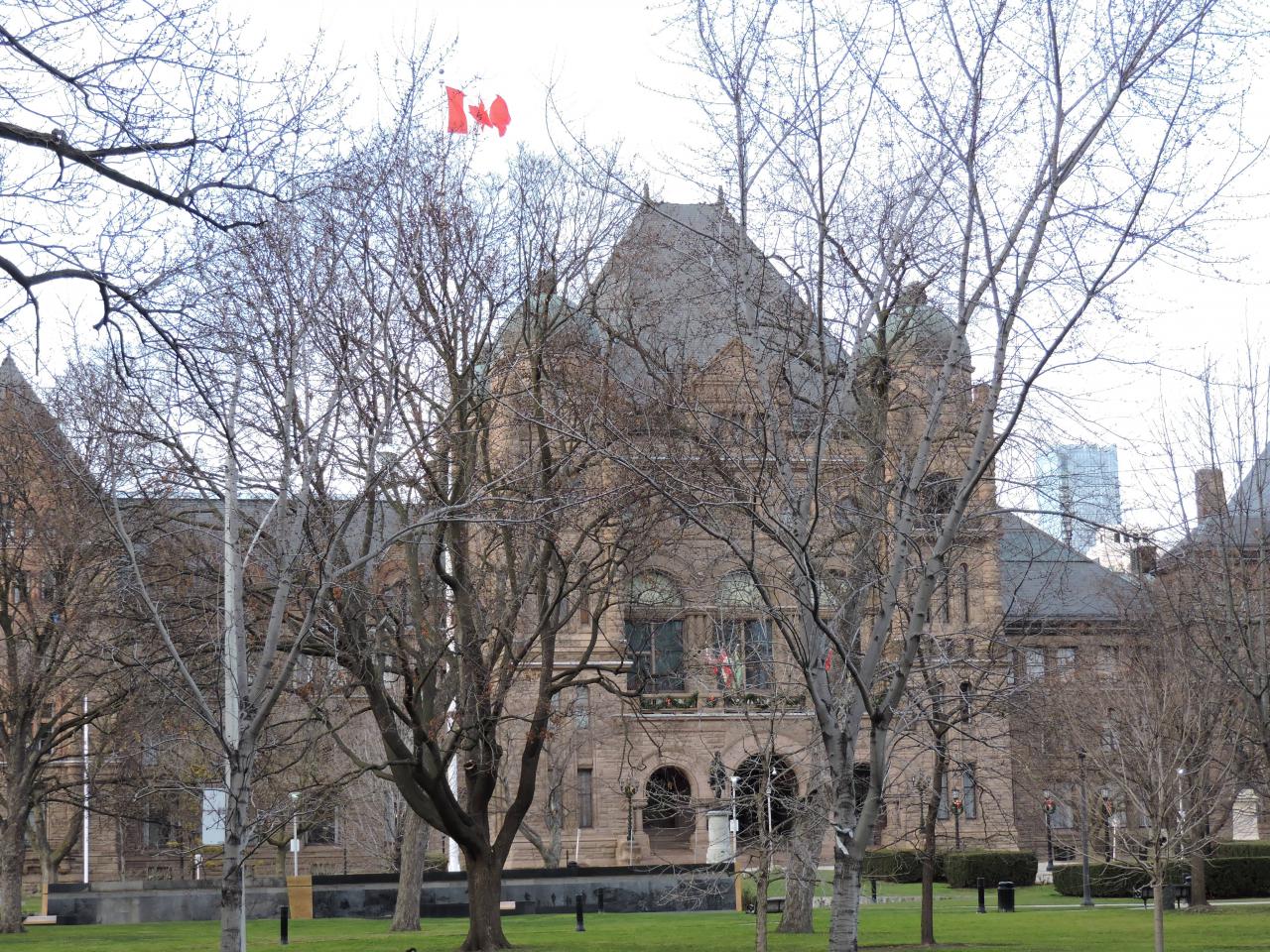
Municipal Finance Backgrounder
The following backgrounder provides more detailed information on Municipal Finance:
AMO Position
- More and more, municipal governments are being asked to take on new responsibilities as the level of government closest to the people.
- Municipalities are the only order of government where revenue does not grow with the economy.
- We know that the current provincial-municipal fiscal framework in Ontario is failing us, particularly in light of recent changes to development charges.
- Ontario’s per capita spending is the lowest in Canada. Meanwhile, provincial revenues are soaring at unprecedented rates.
- It is time to take a step back, collaboratively review “who does what”, and make sure that municipalities have the revenue tools in place to support their responsibilities to residents.
- Together, provincial and municipal governments can find the fiscal and policy solutions to support shared economic growth and prosperity.
Overview
- Municipalities are facing increasingly complex challenges, such as tackling homelessness and climate change, without the financial tools to solve them.
- New financial realities like inflation, rising interest rates, labour shortages, and rapid legislative changes are further impacting municipal capacity to deliver services and invest in infrastructure.
- Municipalities are concerned about how much more can be raised through property tax and user fee increases. Ontarians already pay the second highest property taxes in the country.
- As municipalities begin annual budget planning this fall, ongoing uncertainty around infrastructure funding and evolving municipal responsibilities threaten municipalities’ ability to make informed decisions for the long-term.
- Provincial revenues are growing at unprecedented rates in the context of inflation, larger federal transfers, and better than expected economic performance.
- In early August, Ontario’s Financial Accountability Office confirmed that the province is on track for a budgetary surplus.
- Different provincial revenue streams driven by housing growth could be reallocated to municipalities help fund local infrastructure. The province’s Land Transfer Tax and HST on housing construction and new home sales generate billions in provincial revenues each year.
- Different sources are calling for a renewed discussion on “who does what” to realign responsibilities based on evolving policy and service realities and ensure that municipalities have appropriate revenue streams to support growing needs.
Property Tax Assessment
- As we approach 2024, Ontario’s municipalities are continuing to calculate taxes using 2016 property values.
- Property tax assessments were delayed during COVID for good reason.
- Since 2022, municipalities and others in the business community have been calling for a return to the regular assessment cycle to support a fair distribution of the tax burden in line with up-to-date property values.
- On August 16, the government announced it would conduct a review of the property taxation and assessment system focusing on fairness, equity and economic competitiveness. It also filed a regulation to defer tax assessment again for the 2024 year.
- The current delay in assessments is compromising economic competitiveness, creating more uncertainty for businesses and residents about future tax liabilities.
- The Ontario property tax system was created by Mike Harris in the 1990s and is considered among the most effective, equitable and accurate in the world.
- Municipalities will continue to call for a return to the regular assessment cycle without delay to support a stable tax system, strong communities and a thriving economy.
Key Facts
- Municipal governments are a key partner in a resilient economy, investing revenues of $61 billion annually in important public services and infrastructure.
- Annual municipal own-source revenues were approximately $46 billion in 2021, raised primarily through property taxes and payments-in-lieu of taxes. The other half was raised through user fees and other revenues such as development chargers, licenses, and permits.
- Ontario already has the second highest property taxes and payments-in-lieu of taxes amongst all provinces and territories at $2,100 per capita.
- While property taxes in Ontario continue to be amongst the highest in the country, provincial program spending is the lowest in Canada at $11,794 per capita.
- If Ontario’s program spending was equal to the average expenditures of the other provinces and territories, the Ontario budget would reflect an additional $28 billion in expenditures annually.
- The provincial government benefits from a suite of revenue tools tied to the economic growth and prosperity of the province – and they have a surplus as a result.
- In 2019-2020, the province generated $152.9 billion in revenue from its residents, primarily as a result of a strong economy and population growth, including personal income tax ($41.8 billion), provincial sales tax ($31.5 billion), corporations tax and employer health tax ($19 billion); land transfer and property taxes ($9.9 billion)
- Recently the Financial Accountability Office of Ontario released its Q4 provincial expenditure report, which suggested that the provincial contingency fund ended the 2022-2023 fiscal year with a $1.8 billion surplus.
- Property taxes are still calculated using property assessments from January 1, 2016, with no certainty from the province on when a reassessment will be conducted.
- Between 2016 and the present day, Canada’s other nine provinces will on average have reassessed property values more than six times.
- Between 2016 and the present day, Canada’s other nine provinces will on average have reassessed property values more than six times.
Other Resources and Reports



